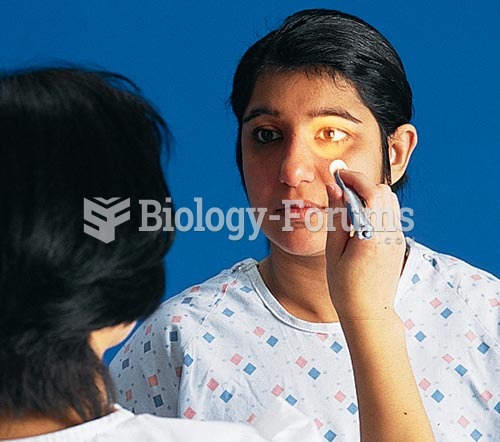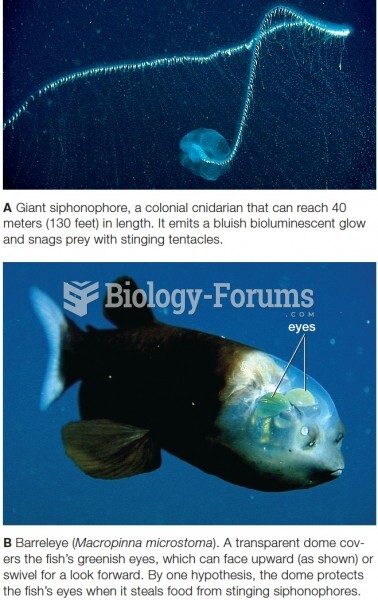Answer to Question 1
Ans: A, B, E
Feedback:
Programs using DOT as the central element in a comprehensive, client-centered approach to case management (enhanced DOT) have higher rates of treatment completion than less intensive strategies. Each client's management plan should be individualized to incorporate measures that facilitate adherence to the drug regimen. Such measures may include, for example, social service support, treatment incentives and enablers, housing assistance, referral for treatment of substance abuse, and coordination of TB services with those of other providers. There is no need to hospitalize a person solely because he or she is infectious. Outclients should be instructed to remain at home, without visitors, until they are no longer thought to be infectious. However, such isolation is not a method to ensure compliance with the drug regimen but an infection control measure.
Answer to Question 2
Ans: D
Feedback:
Recent cases of hemolytic-uremic syndrome (HUS) have been associated with outbreaks of E. coli O157:H7 infections, which were apparently caused by contact with animals in public settings, including fairs, farm tours, and petting zoos. Experience from these and previous outbreaks underscores the necessity for adequate control measures to reduce zoonotic transmission. The Centers for Disease Control and Prevention has developed standardized recommendations for public health officials, veterinarians, animal exhibitors, and visitors to animal exhibits; it established that hand washing is the single most important prevention step for reducing the risk for disease transmission. Other critical recommendations for venues with animals are the inclusion of transition areas between animal and nonanimal areas (e.g., where food is sold) and proper care and management of animals in public settings. Use of a gas barbecue, use of wood instead of charcoal to cook meat, and improperly cleaned cooking tools are not associated with E. coli infection.







